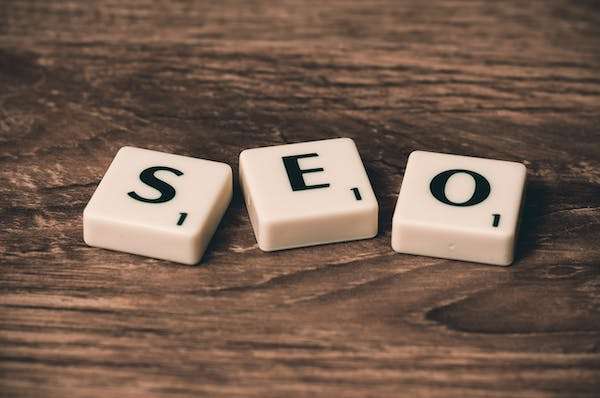In the ever-evolving landscape of search engine optimization (SEO), staying ahead requires a deep understanding of various strategies. One key aspect that can significantly impact your website’s visibility is technical on-page SEO. By implementing the right techniques, you can boost your rankings and ensure your content reaches a wider audience. In this article, we’ll delve into essential tips and tricks to enhance your website’s performance through technical on-page SEO.

1. Introduction to Technical On-Page SEO
Technical on-page SEO involves optimizing the elements within your website to improve its search engine visibility. This includes refining various technical aspects that affect user experience and search engine crawling.
2. Importance of Keyword Research
Effective keyword research is the foundation of any SEO strategy. Identify relevant keywords with the right search volume and user intent to target your audience accurately.
3. Optimizing URL Structures
Crafting clean and descriptive URLs not only aids in SEO but also provides a clear hierarchy to users and search engines, improving overall navigation.
4. Crafting Compelling Title Tags
Title tags are the first thing users see in search results. Create captivating, keyword-rich titles that accurately represent your content.
5. Header Tags and Their Significance
Header tags (H1, H2, H3, H4) structure your content and provide a hierarchy. Use them to break down content logically and make it easier for readers and search engines to understand.
6. Enhancing User Experience with Proper Formatting
Readable content keeps users engaged. Utilize short paragraphs, bullet points, and subheadings for easy consumption.
7. Image Optimization for SEO
Optimize images by using descriptive file names and alt text. Compress images to ensure faster loading times, contributing to a positive user experience.
8. Mobile Responsiveness and Page Speed
With mobile usage on the rise, responsive design is crucial. Additionally, fast-loading pages reduce bounce rates and improve SEO.
9. Implementing Structured Data Markup
Structured data markup helps search engines understand your content better. Implement schema markup to enhance rich snippets and improve click-through rates.
10. Canonicalization for Content Consolidation
Prevent duplicate content issues by setting canonical tags. This informs search engines about the preferred version of a page, consolidating its ranking signals.
11. Internal Linking Strategies
Internal links guide users to related content and distribute page authority. Strategically place internal links to keep users engaged and improve site structure.
12. Creating SEO-Friendly URLs
Short, descriptive URLs with relevant keywords improve user experience and search engine visibility.
13. XML Sitemaps: A Roadmap for Crawlers
XML sitemaps list all your website’s pages, helping search engine crawlers navigate and index your content effectively.
14. Importance of HTTPS and Security
Security is paramount for both users and search engines. Switch to HTTPS to ensure data encryption and gain a slight ranking boost.
15. Monitoring and Continuous Improvement
SEO is an ongoing process. Regularly monitor your website’s performance using analytics tools and make necessary adjustments to stay competitive.

Conclusion
Mastering technical on-page SEO is a vital step toward boosting your website’s rankings. By optimizing various technical elements and focusing on user experience, you’ll not only improve search engine visibility but also create a seamless browsing experience for your audience. Keep in mind that SEO is a dynamic field, so stay updated with the latest trends and algorithm changes to maintain your competitive edge.
FAQs
1. What is the role of header tags in on-page SEO? Header tags structure your content and help search engines understand its hierarchy, improving overall SEO.
2. How does mobile responsiveness impact SEO? Mobile-responsive websites provide a better user experience and are favored by search engines, potentially leading to higher rankings.
3. Why is image optimization important for SEO? Optimized images contribute to faster page load times and better user experience, indirectly affecting SEO rankings.
4. What is structured data markup, and why should I implement it? Structured data markup provides additional context to search engines about your content, leading to enhanced search results and click-through rates.
5. How often should I monitor my SEO efforts? Regular monitoring is essential. Check your website’s performance monthly and make adjustments to your strategy as needed.





